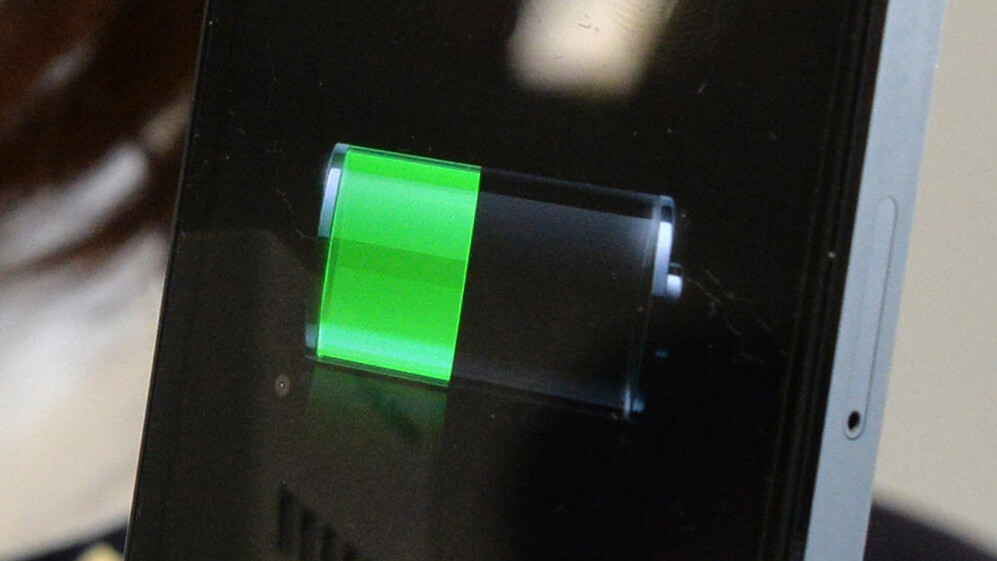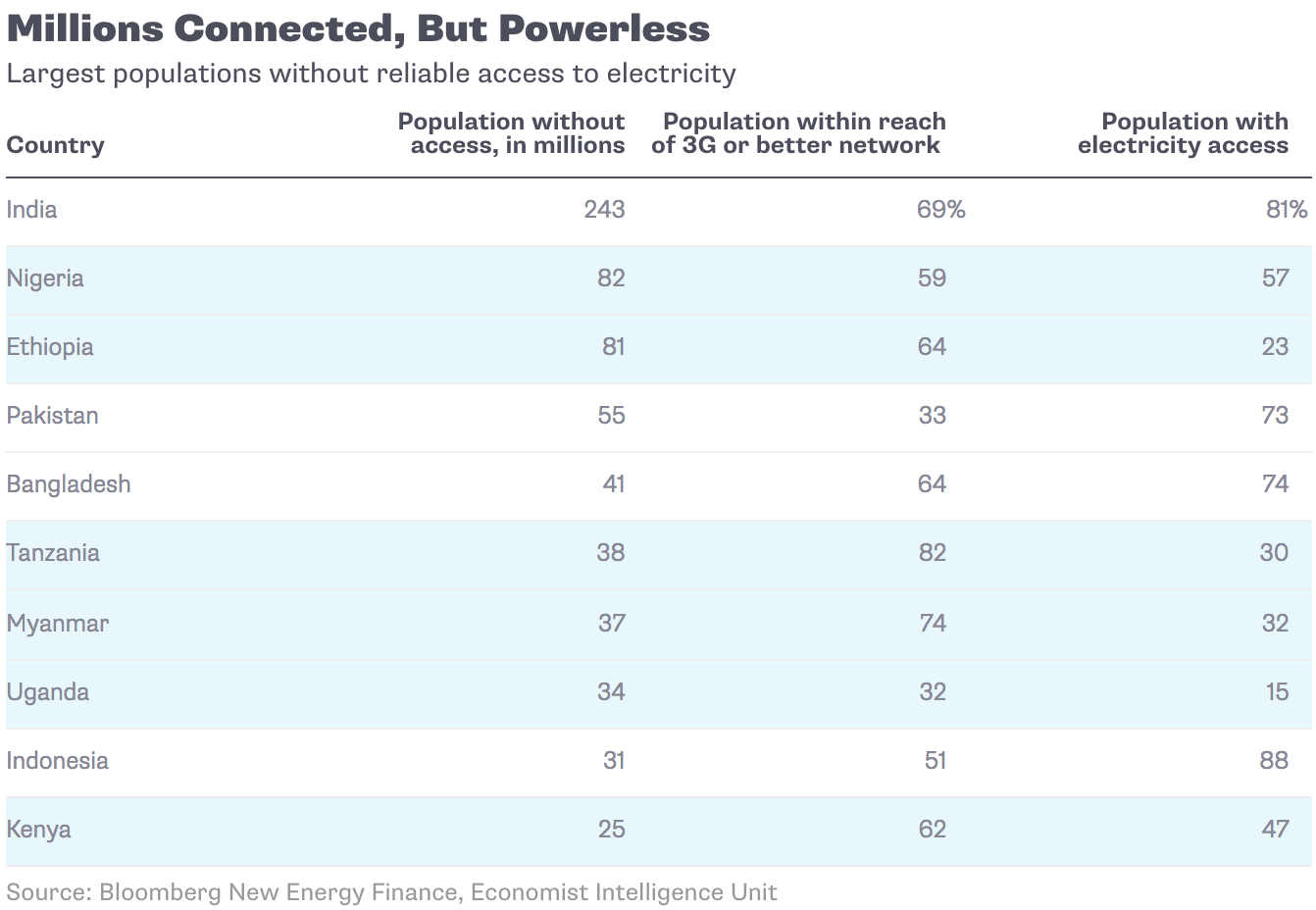
Of all the challenges in the developing world, who would have thought one of them would be finding a place to plug in a smartphone?
Nations like India, Nigeria and Bangladesh have an ever-increasing number of smartphone users, but often lack the power to keep devices charged. Phone owners have access to good internet connection, including 3G or better, despite the lack of energy. Indian networks in particular offer good connection in exchange for a small price.
The issue remains in how to keep cell phones running when there’s limited energy resources.

According to Bloomberg, “Five 60-watt lightbulbs, one TV, a radio, a ceiling fan and a refrigerator use less than one-third the daily electricity than it did two decades ago.” Due to this advance, there’s a lack of motivation for energy companies to invest in new infrastructure. The cost of new wires to power these areas remains the same — regardless of how much electricity flows through them.
One option is creating mini grids, which are already powering many rural villages in Sub-Saharan Africa and Asia.
Another alternative, as suggested by Bloomberg, would be to switch to electric household utilities. An electric oven is an eco-friendly solution to the current coal burning or gas which is used in most of these countries.
The question remains whether the best option is for current power providers to expand their market in the traditional way — or to find new solutions to a problem that is only growing.
Get the TNW newsletter
Get the most important tech news in your inbox each week.




